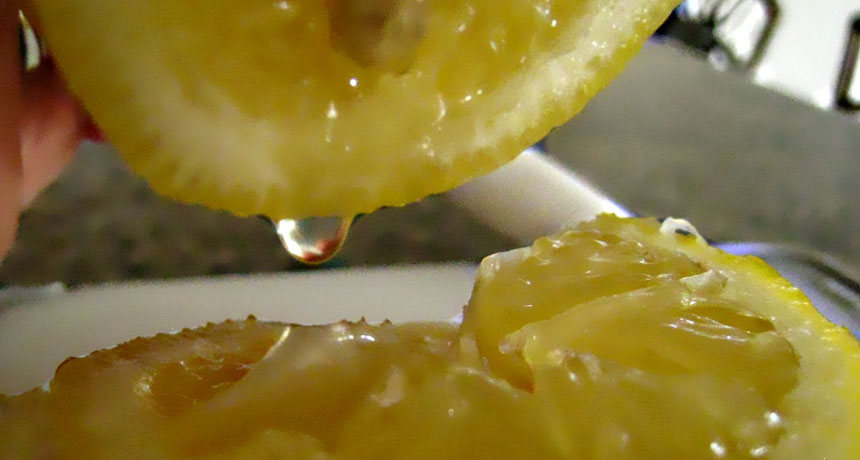Scientists Say: Acid
This type of chemical contains hydrogen ions in a solution — and leaves a sour taste

Lemon juice tastes sour to us because it is acidic.
Jennuine Captures Photo/Flickr/ (CC BY-NC-ND 2.0)
This type of chemical contains hydrogen ions in a solution — and leaves a sour taste

Lemon juice tastes sour to us because it is acidic.
Jennuine Captures Photo/Flickr/ (CC BY-NC-ND 2.0)